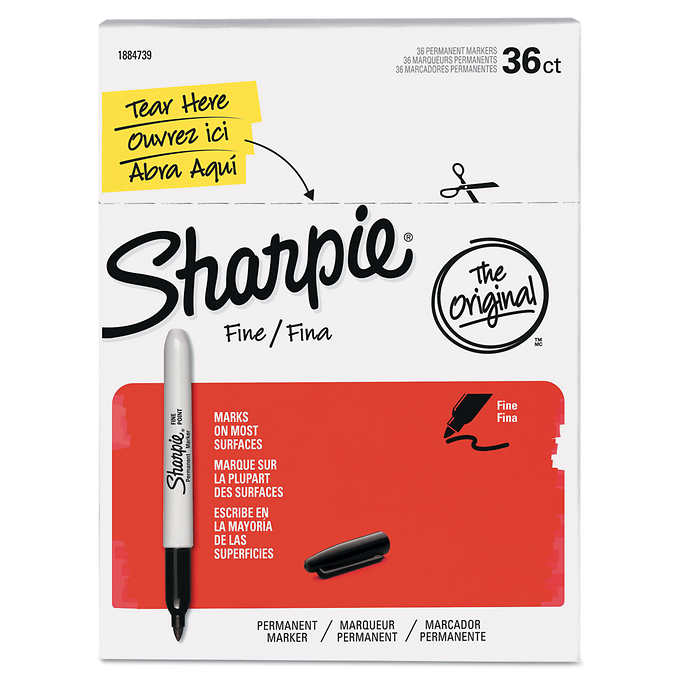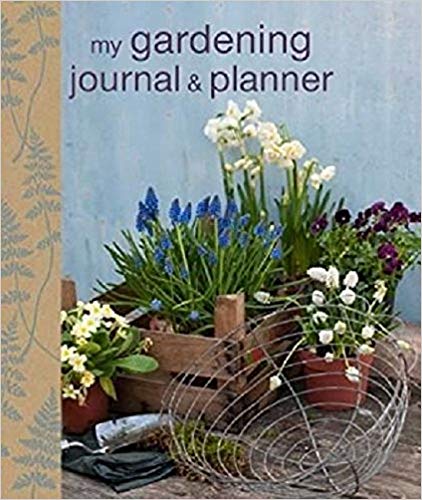Favorites - Planning Tools
I present, our refrigerator covered with Post – it notes
If you really want to know what is going on around here (week by week, task by task) check the fridge. Everything is spelled out in 3 x 3 yellow stickies.

Just call me the Queen of Post-it Notes (you won’t be the first). Costco sells them 18 to a pack. I like to write in fine point, black Sharpie pen. When your hands are full of apples, they are just loud enough to see across the room.


The lovely life of homestead farm, ‘just a loaf of bread, a bottle of wine and though’ (smile).
I hate to burst anyone’s bubble, but bread and wine if you do them yourself, take plenty of scratch. I haven’t raised my own wheat or grapes (yet), but I can tell you from experience that a vegetable garden that feeds you all winter doesn’t spring up while you are at the nail salon, and the homemade ice cream in my freezer took way more than two days if you factor in goats, chickens, collecting eggs, milking, pasteurizing, making your own vanilla, cooking, churning and cleaning everything.
All this simple joy takes a solid commitment to routines, a seasonal plan and zillions of big and small tasks. The deliciousness and satisfaction are worth every single bite. It’s easy to get overwhelmed though, so you have to parse things out and like Dolly Parton said,
“It costs a lot to look this cheap”
1. How we split the duties. Mark and I generally split chores and tasks by physical ability and talent. Think of it this way. Mark is the non-mythical version of Paul Bunyon. I might be the spirit child of Laura Ingalls Wilder. If you need to dig a 300 foot trench, and build a barn on the same day, Mark’s your guy and he will smile the whole time. I can feed 30 people Thanksgiving dinner, sew 10 blankets for Christmas, can 100 pints of green beans, put up 60 quarts of tomatoes, get mud out of anything, deliver a breech baby goat, and make cheese. I may cry a little bit, but I will get it done if I plan it out.
2. Lessons learned over many seasons in our particular locale. We have a short growing season (April through September). Outside of this period, It’s too wet and cold to plant crops here. So we grow goat babies and manage our orchard in the fall and winter and get starts going in the greenhouse well before the first frost. Not doing some tasks on time, may loose the opportunity for a whole year.
3. The results of all that planning. We have six freezers (meat, fruit, jam and cider), three refrigerators, a root cellar and a fully stocked woodshed (not shown). Guess who chopped the wood? In my dreams I have giant walk in pantries neatly stacked with labeled shelves and my floors are always clean.
4. Generating a little income to cover the expense. Sell some goats, maybe a few chickens, lease a little land, list your guesthouse on AirBnB, write a blog. It has crossed my mind, a time or two, to sell pie, jam or sell vegetables…maybe later.
These workbooks help me keep track of zillions of gardening details

The Week-by-Week Vegetable Gardner’s Handbook by Ron Kujawski and Jennifer Kujawski
This spiral bound notebook helps gardeners figure out their last frost date customize gardening to-dos no matter what plant zone you live in. It holds about 3 years of notes, includes a lot of practical tips, and helps you learn from your own experiences over time

My Gardening Journal & Planner by CICO books compiler
This a great little tool to jot down reference notes about your favorite plants, things like, variety planted, days to germination, and how many seeds sown. There is an open ended comment section, useful for notes on fertilizers, pruning and companion plants. The vegetable section could be bigger, but the whole thing is really useful
Be First to Comment